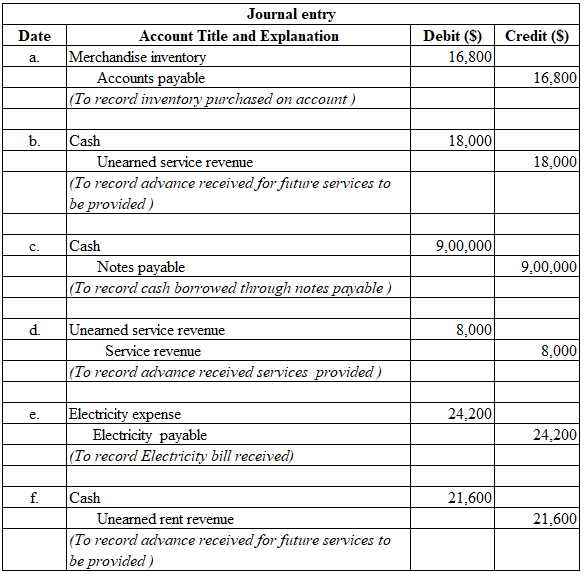

- #DUE TO DUE FROM JOURNAL ENTRIES EXAMPLES PLUS#
- #DUE TO DUE FROM JOURNAL ENTRIES EXAMPLES PROFESSIONAL#
She took $10 from the business bank account to cover a personal expenseĮxplain how each of the above transactions impact the accounting equation and illustrate the cumulative effect that they have.She sold 10 units of inventory to a customer on credit for a total of $400 (ie $40 per unit).She purchased 100 units of inventory on credit at a total cost of $2,500 (ie $25 per unit).She took out a loan from the bank of $10,000.She started the business with $5,000 of cash.During the first month of trading, the following transactions took place: We will now consider an example with various transactions within a business to see how each has a dual aspect and to demonstrate the cumulative effect on the accounting equation.Īnushka began a sole trade business on 1 January 20X1. The accounting equation can be expanded to incorporate the impact of drawings and profit (ie income less expenses):Īssets = Capital introduced + (Income – Expenses) – Drawings + Liabilities Practical example The accounting equation will always balance because the dual aspect of accounting for income and expenses will result in equal increases or decreases to assets or liabilities. Profits retained in the business will increase capital and losses will decrease capital.
#DUE TO DUE FROM JOURNAL ENTRIES EXAMPLES PLUS#
The term capital includes the capital introduced by the business owner plus or minus any profits or losses made by the business. Individual transactions which result in income and expenses being recorded will ultimately result in a profit or loss for the period.

Income and expenses relate to the entity’s financial performance. They will therefore result in a reduction in capital. What about drawings, income and expenses?ĭrawings are amounts taken out of the business by the business owner.
#DUE TO DUE FROM JOURNAL ENTRIES EXAMPLES PROFESSIONAL#
An introduction to professional insights.ACCA Accredited Learning Partners Australia and New Zealand.Support for students in Australia and New Zealand.Virtual classroom support for learning partners.Becoming an ACCA Approved Learning Partner.


 0 kommentar(er)
0 kommentar(er)
